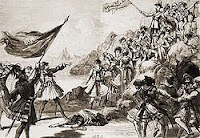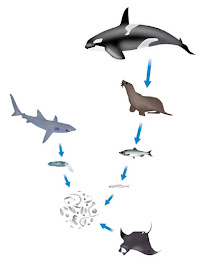The new multimedia showcase is DVD-Video/DVD±R/DVD±RW/CD/CD-R/RW ready and is MP3/WMA/AAC compatible with ID3-TAG display, whilst playing DivX video (including DivX 6).
Direct iPod control is via the rear USB connector – offering easy operation either via the VZ509E’s touch-screen or through the iPod itself – whilst iPod video playback is also possible via the optional CCA723 cable.
With the majority of the VZ509E’s features accessed via the fully motorised, 7-inch TFT colour LCD touch-screen, operation is simplified, streamlined and beautifully enhanced, thanks to a high-resolution on-screen display and a new graphic IC, which allows images to switch more quickly and smoothly, whether in full screen or picture-in-picture mode.
The VZ509E also offers direct connection – including touch control – to the stand-alone NP509E hide-away navigation system at a later date, to deliver state-of-the-art voice and high definition map guidance.
Bluetooth connectivity is also an optional addition, via the BLT373 interface, allowing safe access to a number of mobile phone functions.
Clarion continues to close the gap between home and in-car audio quality, utilising a 24-bit D/A converter (usually found in expensive home audio systems) to cancel unwanted background noise, and create a clearer, more realistic audio reproduction.
Meanwhile, Magna Bass EX provides extra low-frequency impact (boosting bass by 10dB at 60 Hz), for a well-balanced sound reproduction, whilst the addition of BBE MP (Minimised Polynomial Non-Linear Saturation) enhances compressed music formats.
















